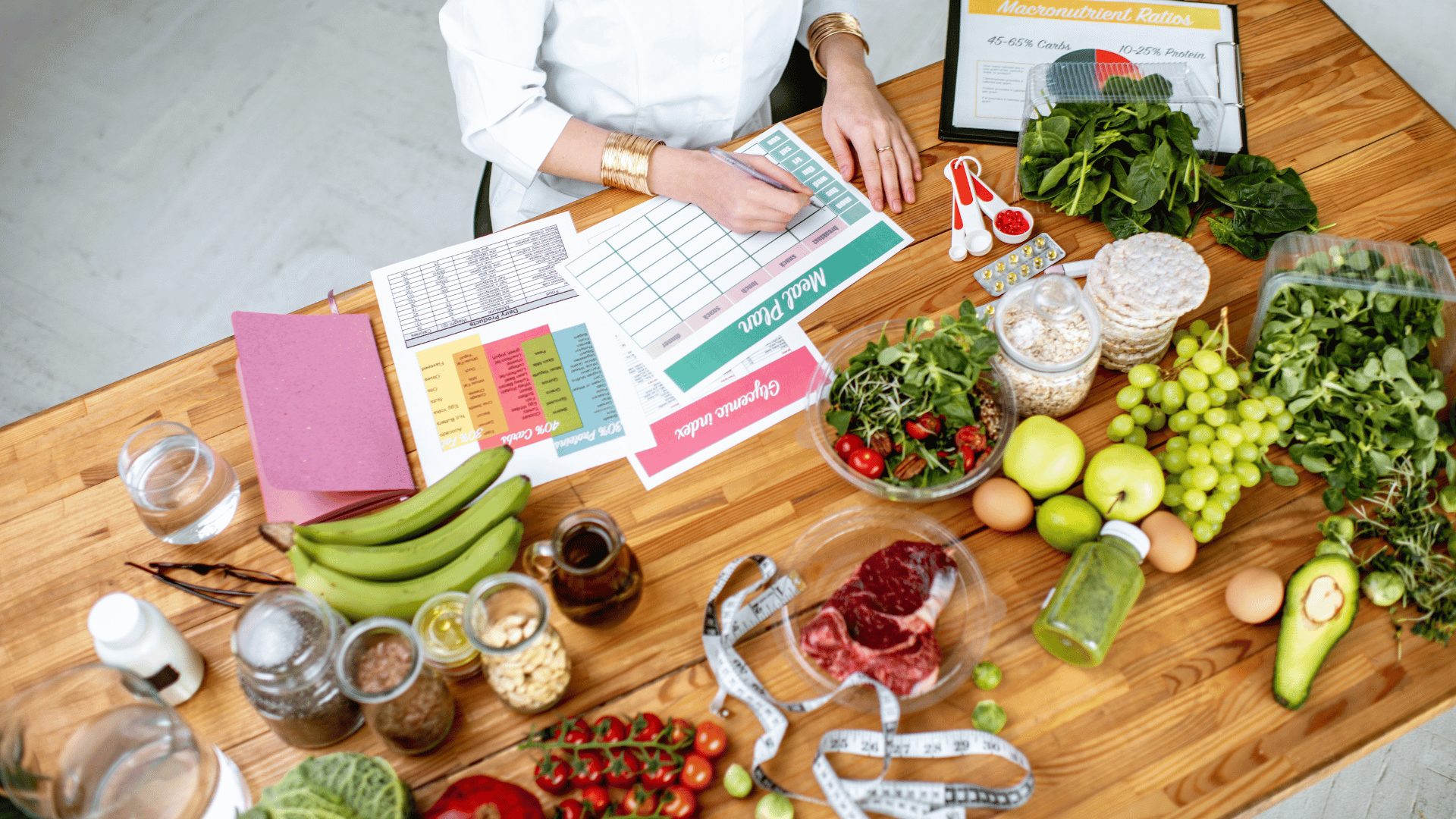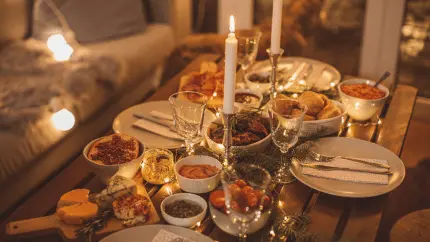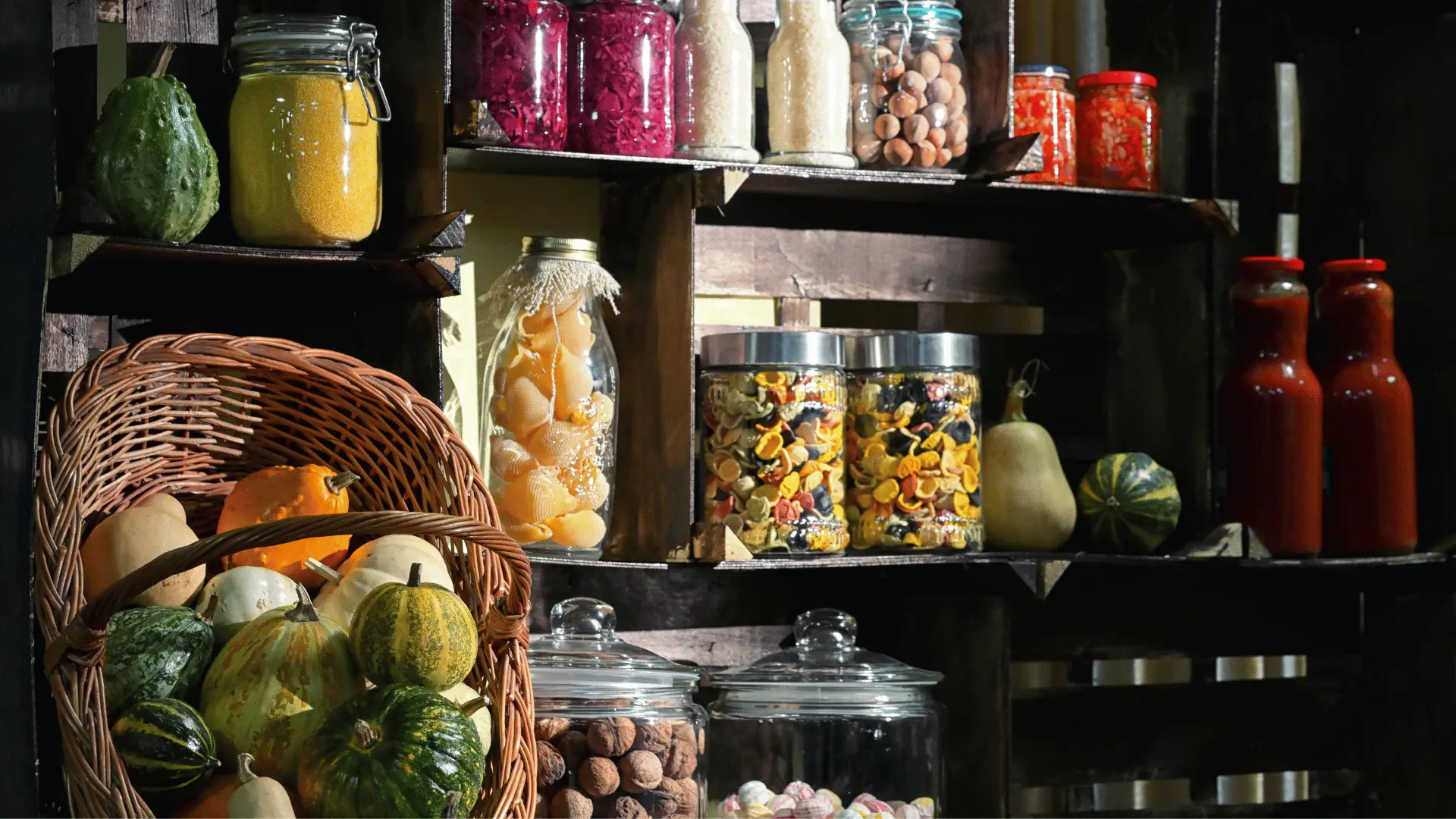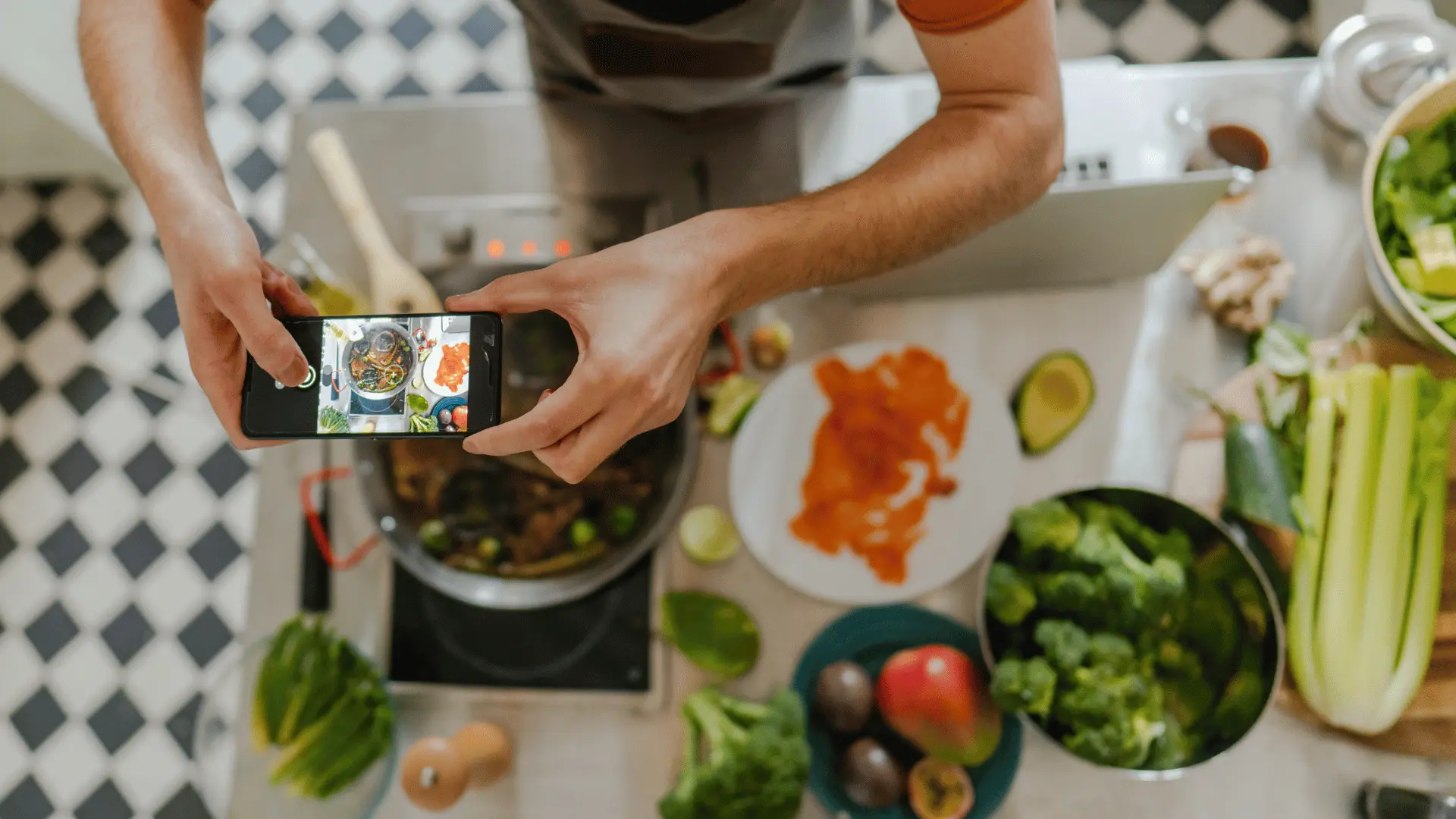
10 Time-Saving Tricks to Streamline Your Weekly Menu
Time is the one ingredient we can’t add more of, which is why meal planning and preparation often feel overwhelming. Between busy work schedules, after-school activities, and the general rush of daily life, finding the space to cook nourishing, delicious meals can feel like a luxury. The good news is that with a little planning and a few clever tricks, you can reclaim your evenings, save money, and actually enjoy being in the kitchen.
Here are ten practical, time-saving tricks to streamline your weekly menu—each one designed to help you spend less time scrambling and more time savoring. And with Recipe Memory, you can take these ideas one step further by organizing them seamlessly into your weekly meal plans.
1. Embrace Prep-Ahead Marinades
A quick marinade is one of the easiest ways to transform a simple protein into a flavorful dinner without extra effort. Spend 10 minutes on Sunday whisking together marinades and storing chicken, beef, or tofu in zip-top bags. By the time midweek rolls around, all you need to do is cook. With Recipe Memory, you can save your favorite marinade recipes directly to your meal plan, making it easy to repeat the hits.
2. Batch-Cook Grains and Proteins
Cooking staples in bulk can save hours throughout the week. A big pot of quinoa, a tray of roasted chicken thighs, or a batch of lentils can be mixed and matched into salads, wraps, and bowls. Recipe Memory lets you slot these basics into multiple meals on your calendar, so you can see exactly how they’ll stretch across the week.
3. Double Up on Dinners
If you’re already cooking, why not cook a little more? Making double batches of chili, soup, or pasta sauce ensures that you’ll have leftovers ready for another dinner or lunch. Instead of planning seven different meals, you can plan four or five and enjoy the extra breathing room. Recipe Memory makes it simple to mark a dish as a “cook once, eat twice” recipe on your schedule.
4. Keep a Freezer-Friendly Rotation
Not every night will go as planned. That’s why a stocked freezer can feel like your best friend. Dishes like casseroles, lasagna, or breakfast burritos freeze beautifully and reheat quickly. You’ll thank yourself later when a hectic night rolls around. With Recipe Memory, you can tag recipes as “freezer-friendly” so they’re easy to find when you’re building your plan.
5. Use Theme Nights to Simplify Decisions
Decision fatigue is real. By setting up theme nights—like Taco Tuesday, Pasta Friday, or Soup Sunday—you cut down on planning stress while still keeping meals varied. Recipe Memory allows you to save and rotate these themes in your calendar, so your week already has a built-in rhythm.
6. Pre-Chop Vegetables for Quick Assembly
Taking 30 minutes to chop onions, peppers, carrots, and other veggies in advance makes weeknight cooking significantly faster. Store them in airtight containers and you’ll be halfway to dinner every night. With Recipe Memory, you can make notes on your meal plan about which prep tasks to do ahead of time, ensuring nothing gets forgotten.
7. Create a “Go-To” Meal List
Every family has a handful of meals that always work—whether it’s spaghetti with marinara, sheet-pan fajitas, or stir-fry. Write down your top ten and rotate them regularly. Recipe Memory allows you to save these favorites to your personal cookbook, making it easy to drag and drop them into your weekly plan whenever you need a no-brainer dinner.
8. Plan Around Overlapping Ingredients
Streamline shopping and reduce waste by planning meals that use overlapping ingredients. If you buy a head of cabbage for coleslaw, plan to use the rest in stir-fry later in the week. Recipe Memory’s meal planner makes it easy to spot overlaps, so your grocery list works smarter, not harder.
9. Make Breakfast and Lunch Part of the Plan
It’s easy to focus only on dinner, but breakfasts and lunches matter too. Overnight oats, smoothie bags, and pre-portioned salads can save you from chaotic mornings and mid-day slumps. With Recipe Memory, you can plan all three meals, ensuring the whole day feels intentional and not just the evening.
10. Automate Your Grocery List
The fastest way to waste time is wandering aimlessly at the store. Instead, let technology do the heavy lifting. Recipe Memory auto-generates grocery lists directly from your weekly meal plan, so you buy exactly what you need—nothing more, nothing less. It’s the simplest way to avoid overbuying and eliminate last-minute dashes to the store.
Why These Tricks Work
Each of these strategies chips away at the most common mealtime frustrations: decision fatigue, wasted groceries, and chaotic schedules. By combining prep-ahead techniques with smart digital tools, you create a routine that works for you instead of against you. It’s not about cooking every meal perfectly—it’s about creating an environment where good food and meaningful connections happen naturally.
Making Time for What Matters
At the end of the day, mealtime is more than food—it’s about the people we share it with. Streamlining your weekly menu doesn’t just save minutes in the kitchen, it opens up space for conversation, laughter, and memory-making. With Recipe Memory, you can align these time-saving tricks with an organized, easy-to-use platform that makes planning second nature.
Key Takeaway
Cooking doesn’t have to mean chaos. By using simple prep-ahead strategies—like marinades, freezer meals, and theme nights—and pairing them with Recipe Memory, you can transform mealtime from stressful to seamless. The result is more time, less waste, and a weekly rhythm that feels intentional, nourishing, and sustainable.
Love what you’re reading?
Join Recipe Memory today to save your favorite recipes, plan meals with ease, and create smart grocery lists ...all in one place.







